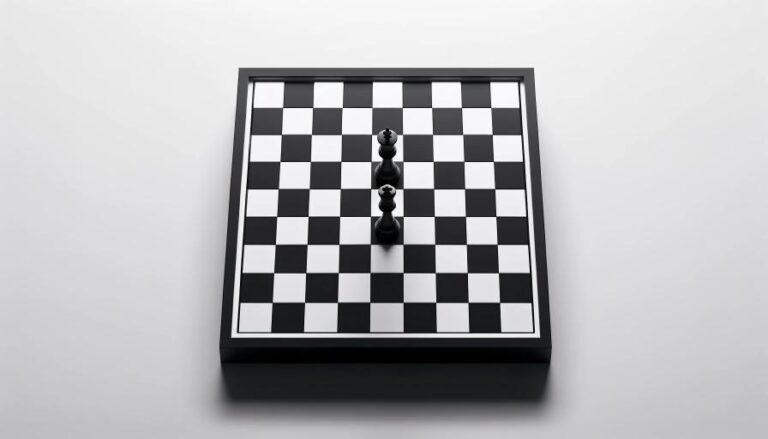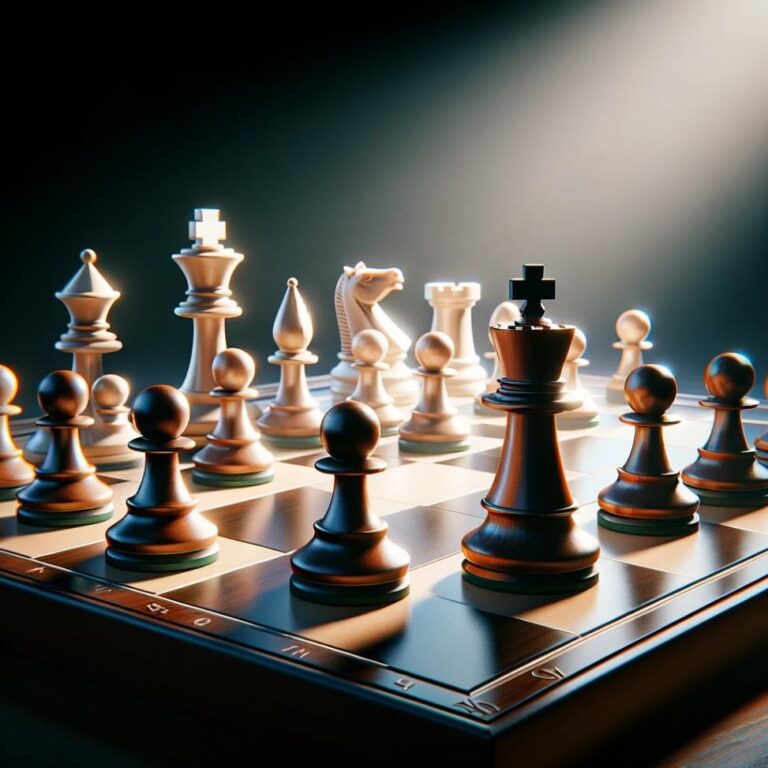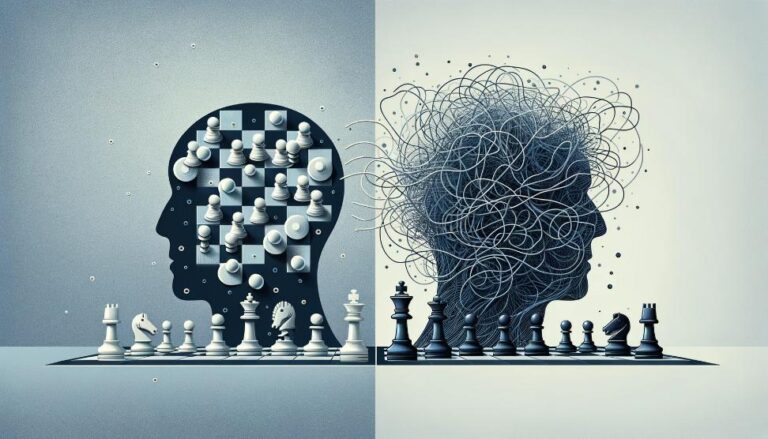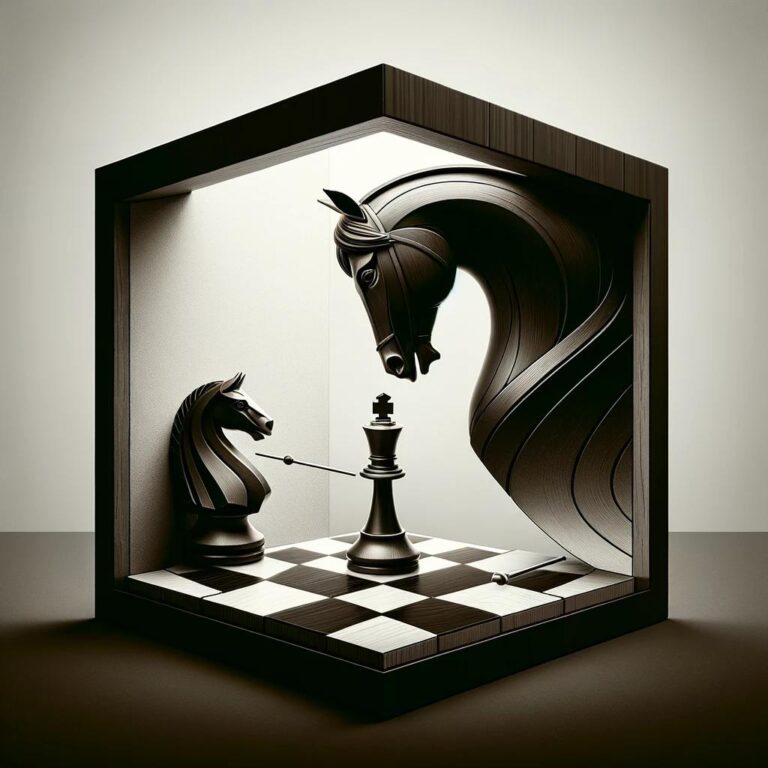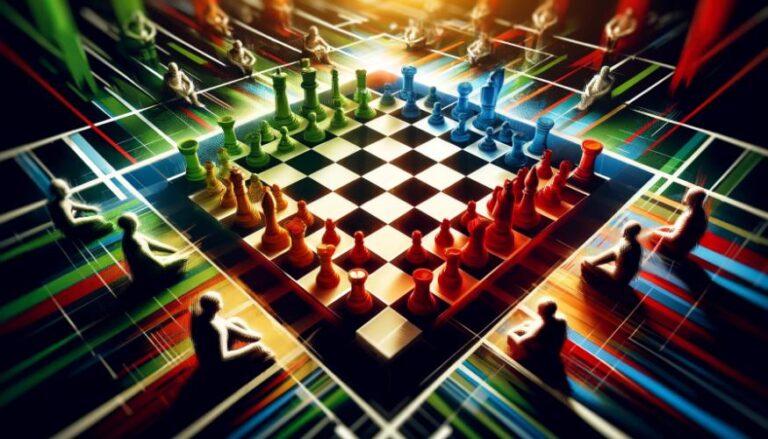Introduction to Closed Game Chess
Chess is a strategic board game that has been played for centuries and continues to challenge players from all over the world. With advancements in technology, we now have access to artificial intelligence (AI) that can analyze and play chess at a level that surpasses even the best human players. One area of chess that has garnered interest in recent years is closed game chess, where the board is filled with a high amount of pieces, making it difficult to find an advantageous move. In this article, we will explore the concept of closed game chess and how AI has been used to navigate through these packed positions.
The Challenge of Packed Positions
In regular chess games, players are usually able to develop their pieces and make moves that open up the board in the early stages. However, in closed game chess, the board is typically filled with many pieces, making it challenging to find space for pieces to maneuver. This can result in a stalemate where both players are unable to make any significant progress, or players making moves that do not have a substantial impact.
Closed game chess poses a dilemma for both human players and AI, as it requires a deep understanding of the game and strategic planning to navigate through these positions. In human players, it can lead to mental fatigue and making suboptimal moves out of frustration, while for AI, it can lead to long processing times as it tries to evaluate multiple possible moves.
How AI Approaches Closed Game Chess
AI has proven to be a formidable opponent in the game of chess, with programs like Deep Blue and AlphaZero beating some of the world´s best players. In closed game chess, AI uses a combination of algorithms and heuristics to analyze and make decisions. These algorithms include the minimax algorithm, which evaluates all possible moves and chooses the one with the highest score, and the alpha-beta pruning algorithm, which eliminates certain branches of the game tree to reduce processing time.
AI also utilizes heuristics, which are rules that help guide the AI´s decision-making process. These heuristics are based on patterns and strategies that have been identified by human players and can help AI navigate through packed positions. For example, one heuristic could be to prioritize controlling the center of the board, as it provides more space for pieces to move.
Achieving Success in Closed Game Chess
To achieve success in closed game chess, AI not only needs to be able to make optimal moves, but it also needs to be able to anticipate and adapt to the opponent´s moves. This is where machine learning and neural networks come into play. By analyzing a vast number of chess games, AI can learn and improve its ability to predict opponent moves and make adjustments accordingly.
In addition, AI must also be able to consider long-term strategic goals and not just focus on immediate moves. This requires a deep understanding of chess principles, such as controlling the center, developing pieces, and creating and exploiting weaknesses in the opponent´s position. Through machine learning, AI can continuously improve and fine-tune these skills, making it a formidable opponent in closed game chess.

